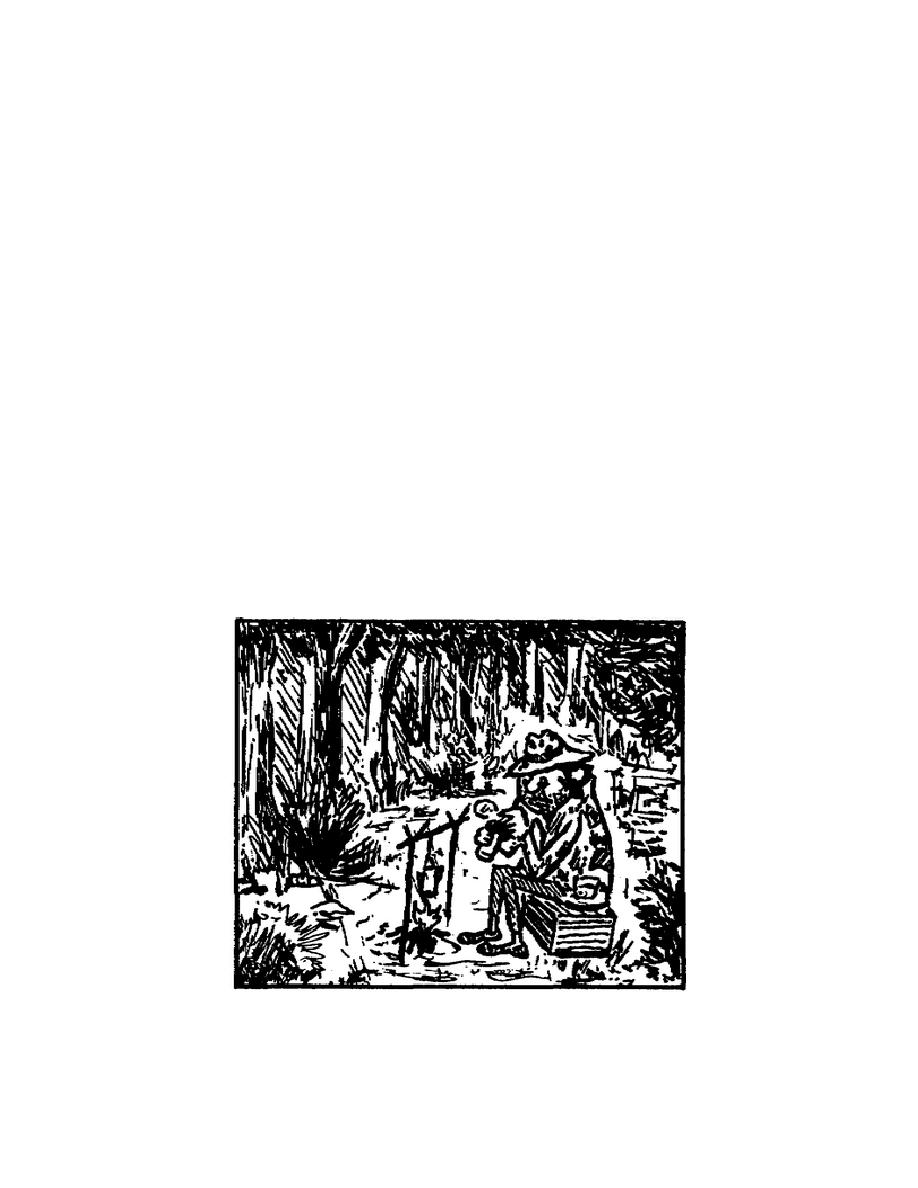
Learning Event 4:
DESCRIBE CAMERA ANGLES
1. Choice of camera angles is fundamental to style. Position the camera for
the best view of the talent or action at that moment.
Camera angles have
power.
They can manipulate audience attention and reactions by controlling
what the audience sees and how they see it.
Changing angles can evoke a
definite attitude or emotion.
The general rule states: When shooting a new
scene, change the size of the image, or change the angle, or both. A change of
image size only would be a long shot, a medium shot, and a closeup from the
same angle. A camera angle is defined as the area and viewpoint recorded by
the lens.
Placement or positioning of a camera determines the area to be
included in the picture and the viewpoint from which the viewer will observe.
Do not forget the relationship between camera angle and viewer. Four factors
determine the camera angle; camera height, angle of subject, position of camera
and image size.
a. Audience reaction may be manipulated by the camera height.
(1) A normal camera angle is eye level with the subject.
A normal
camera angle is generally not as interesting as a high angle or low angle shot.
(2) In a high angle shot, the camera (and thus camera lens) is
positioned above the eye level of a subject or above an object. The camera is
looking down at the action or subject. This gives the illusion of "humbling"
the subject, reducing him in size or stature. It can also give the illusion of
slowing down motion. Psychologically, a high angle may suggest a loss of power
or even loneliness. To show a subject in a position of inferiority, have the
camera shoot down on the subject (fig 3-30).
Figure 3-30.
Shooting down on the subject
52



 Previous Page
Previous Page
